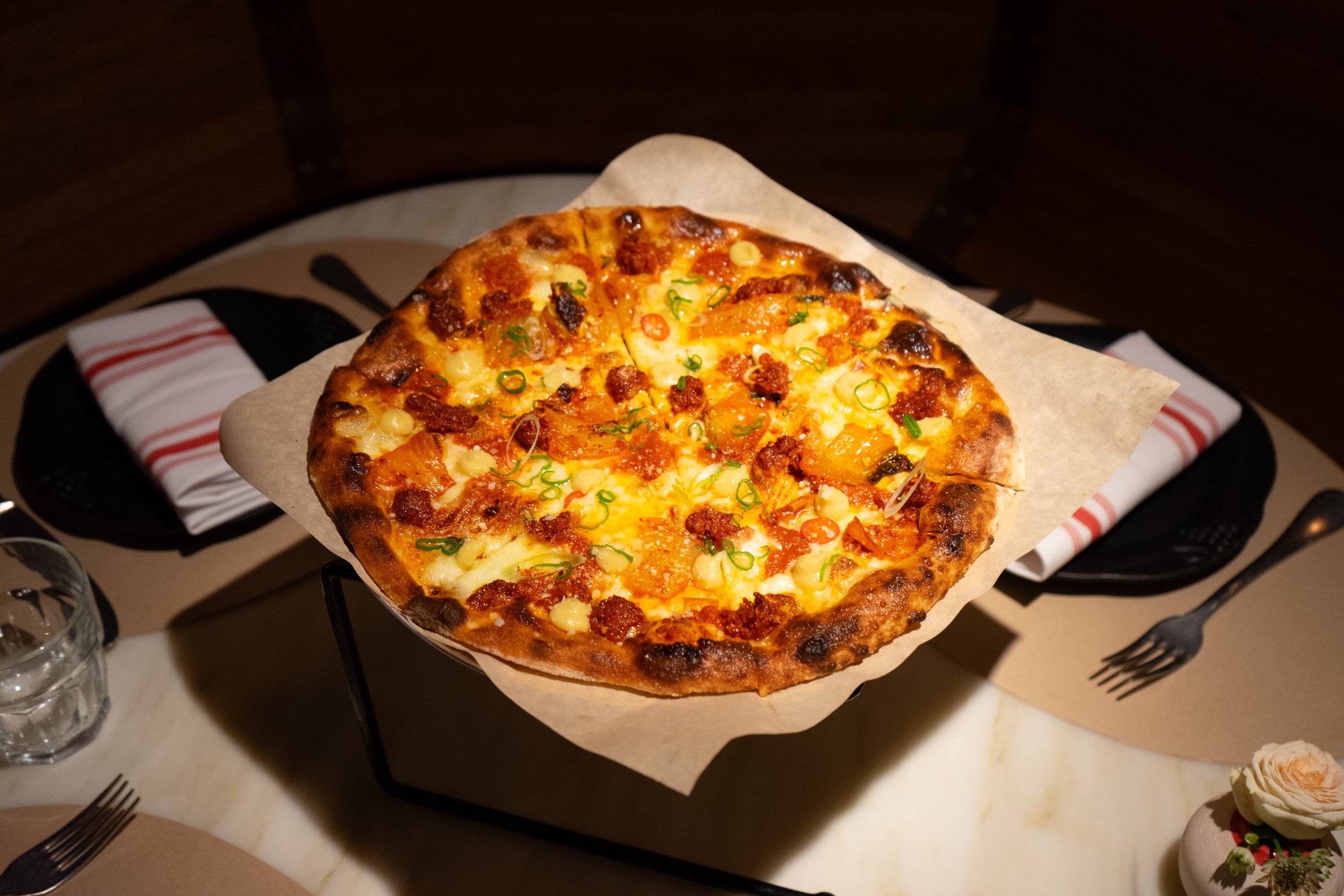How To Choose The Right Packaging For Your Restaurant Food Business
In any food business, the art of packaging plays a pivotal role. Packaging does more than just cater to aesthetic concerns. It encloses and protects restaurant food items, paving the way for ease in transportation and sales. Equally important is its potential to bolster product sales through eye-catching designs. Packaging is an extension of your brand - it influences customer perception and trust. A well-designed package can create a solid image in customers’ minds, encouraging repeat purchases. Furthermore, an efficient packaging process can maintain the freshness and appeal of food products, enhancing the overall consumer experience.
However, manual packaging presents several challenges. It is a long, drawn-out process, often resulting in inconsistent packaging quality due to human error, leading to unnecessary wastage of materials and storage space.
The Transition to Automated Packaging
Definition and Benefits of Packaging Automation
Incorporating automation into packaging is revolutionizing for any food business. Packaging automation refers to the use of fully automatic or semi-automatic machines. These machines serve to amplify packaging quality significantly, reduce waste, and maintain consistency. The impact of packaging automation isn't limited to the restaurant business; it extends to various industries, from food processing to e-commerce.
A primary advantage of automating the packing process is the substantial boost in productivity. A food business can efficiently meet industry needs, without compromising on the quality of packaging. Additionally, replacing monotonous, repetitive tasks with automated processes not only increases efficiency but also promotes a safer workplace by reducing the likelihood of accidents related to work fatigue.
The Variety of Packaging Machines Available
In our market today, a wide array of packaging machines are available. Fully automatic machines ensure a constant speed in the production line, while semi-automatic machines might need human intervention at certain points but still yield better output. These machines can handle tasks in larger volumes and at a faster rate, proving them to be versatile in handling various packaging styles.
Machines such as filling, wrapping, and bottle capping machines cater to different packaging necessities. The major advantage here is that these automated systems efficiently manage a variety of products and packaging styles, replacing the need for multiple machines, and utilizing floor space more effectively.
The Advantages of Automated Packaging
Enhancements in Quality, Productivity, and Product Care
The use of robotic systems in the packaging process ensures precise and consistent packaging of food items, improving quality control. Automated systems operate smoothly for extended periods, functioning at higher speeds than manual labor. The right packaging machine ensures secure packaging, effectively limiting product damage during delivery. Automation also significantly reduces employee strain, mitigating injuries from repetitive manual tasks, and minimizes accidents caused by fatigue.
The adaptability of automated systems is an additional tremendous advantage. They can quickly adjust to changes in production needs, allowing a business to swiftly respond to market changes.
Decreased Costs and Waste; Sustainability
One of the key advantages of automated packaging lies in its cost-efficiency. Automated machines save on valuable time, labor costs, and packaging material. Thanks to their precision, these machines significantly reduce waste generated from packaging material. Many original equipment manufacturers (OEMs) now produce packaging machinery with an emphasis on sustainability in their designs. Automation enhances production speed and efficiency, leading to significant cost savings over time.
Transitioning to automated packaging also boosts workplace health and safety. It minimizes the risk of workplace accidents and strain injuries, decreasing associated expenses, and enhancing overall job satisfaction.
Choosing the Right Packaging Machine
Factors to Consider When Choosing a Packaging Machine
Selecting the right packaging machine for your restaurant food business involves several considerations. Firstly, check if the fluid viscosity interferes with the machine's functionality. Different machines suit different food types, so analyze your food items thoroughly. Ensure the chosen machine complies with health and safety guidelines.
Decide on a fully automatic machine or a semi-automatic one, based on your production volume and workforce availability. Lastly, assess the initial cost of the machine, projected long-term savings, the machine's durability, the cost of maintenance, and potential scalability.
Why Business Owners Should Conduct Pre-Purchase Research
Ensure food hygiene and customer satisfaction are a priority. Recognize the potential for an increased Return on Investment (ROI) with the right packaging machines. Analyze different machine options to determine their suitability for your business needs. Understand how your chosen machinery will accommodate potential scalability and future growth. Finally, inspect the safety measures, ease of use of the machine, and operator training requirements.
Packaging Automation: Worth the Investment
Packaging automation simplifies the packaging process, increasing output while maintaining product consistency. By reducing labor expenses, it enhances fiscal efficiency, proving itself as a long-term investment that boosts operational efficiency. Automation in the packaging industry enhances the work environment by freeing employees from repetitive tasks, thereby reducing the risk of injuries and improving job satisfaction. Automated systems use floor space more productively, potentially reducing operating costs and increasing production efficiency.
In conclusion, the implementation of automation serves as a transformative element in the food industry, redefining operational standards.




